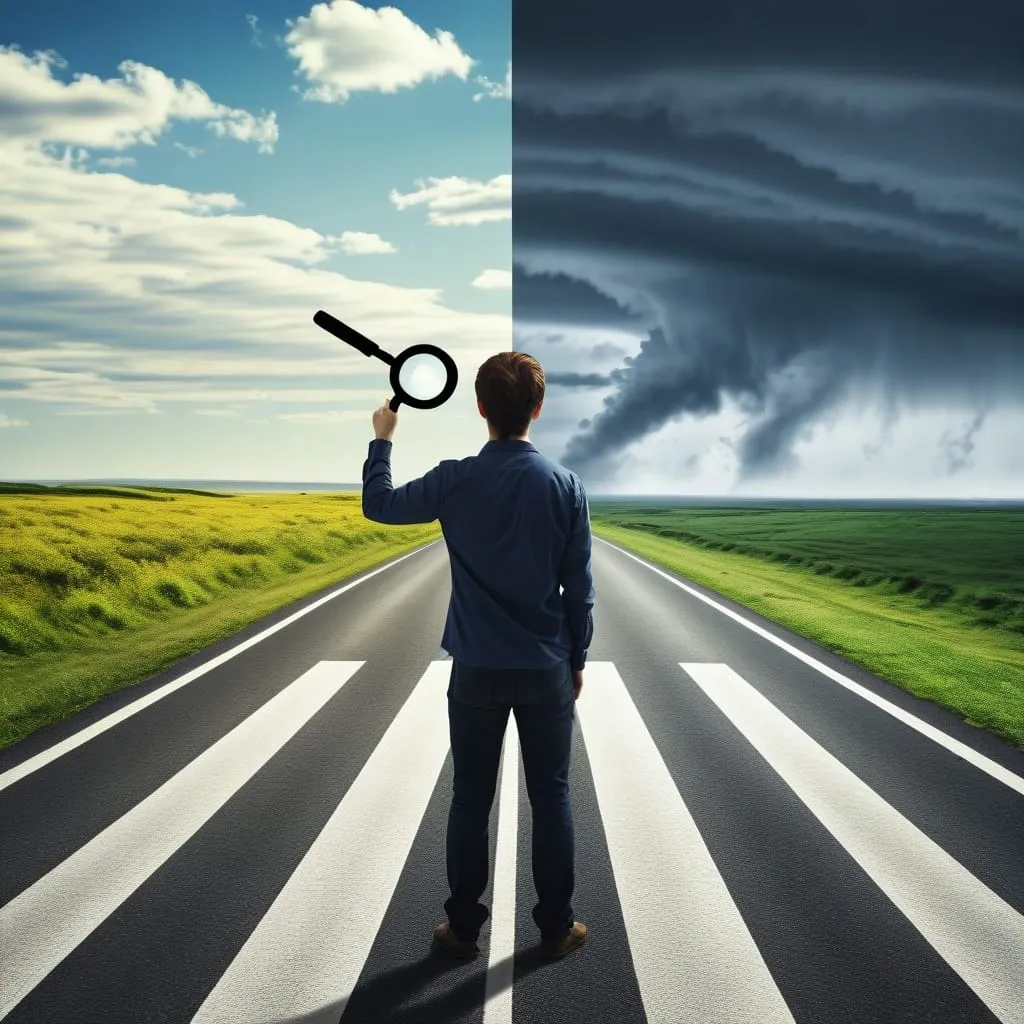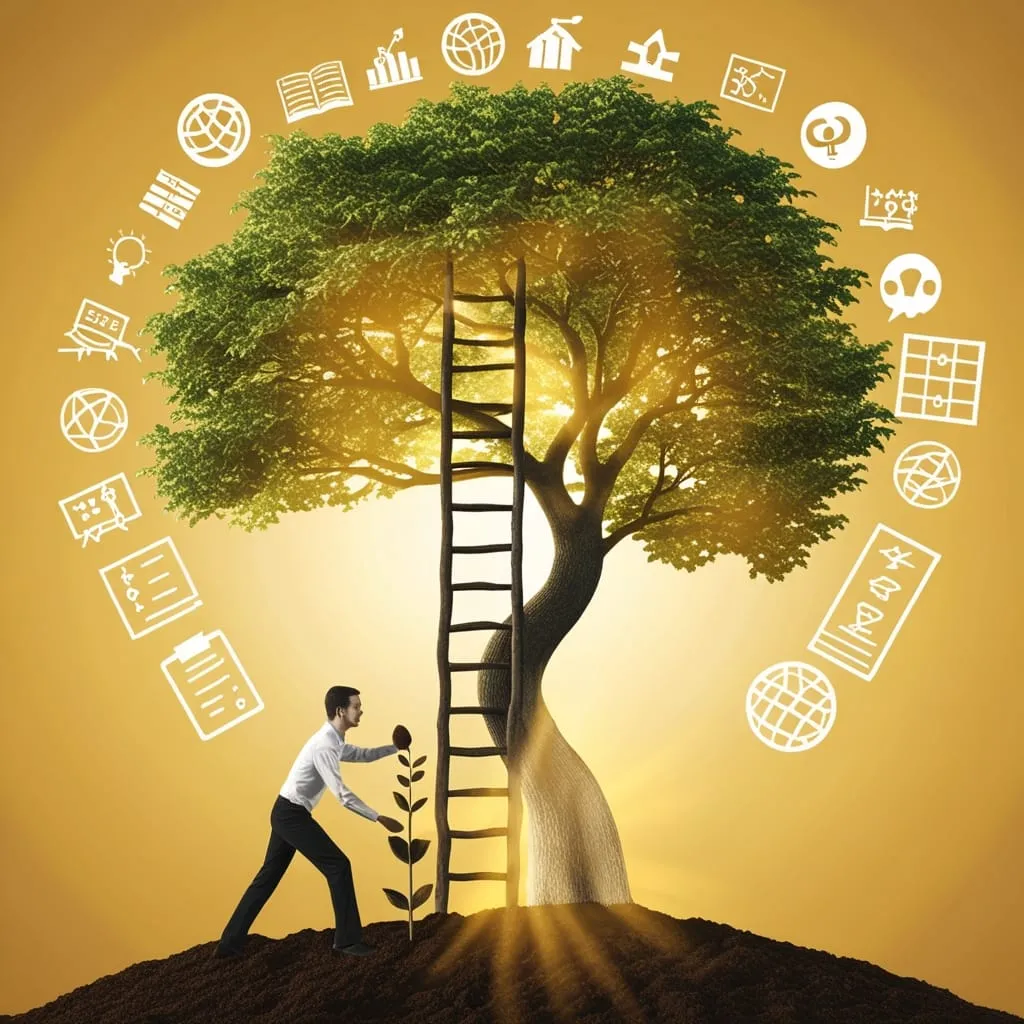Value investing has been the go-to strategy for some of the world's most successful investors. But let's be real - it's not all sunshine and rainbows. There are some sneaky risks lurking beneath the surface that can trip up even the savviest investors. So, let's dive into the world of value investing and uncover those hidden pitfalls that could turn your portfolio into a financial dumpster fire.
First up, we've got the dreaded value trap. You know, those stocks that look cheap on paper but are actually just trash in disguise. It's like finding a designer handbag at a thrift store, only to realize it's a knockoff that falls apart after a week. These companies might have low price-to-earnings ratios or seem like a bargain, but they're often in declining industries or facing some serious structural issues. Don't be fooled by those tempting numbers - sometimes cheap is cheap for a good reason.
Now, let's talk about cash flows and margins of safety. Sounds boring, right? Well, get excited because messing this up can cost you big time. Estimating a company's future cash flows is more art than science, and if you're off by even a little bit, you could end up paying way too much for a stock. It's like trying to predict how many cookies you'll eat in a year - you might think you have self-control, but let's be honest, you don't. So, do your homework and don't skimp on the due diligence.
Speaking of homework, let's chat about financial ratios. They're great tools, but they can be as misleading as your ex's text messages. Different companies might have different ways of calculating earnings, and comparing ratios across industries is like comparing apples to oranges. Just because a stock has a low P/E ratio doesn't mean it's undervalued - it might just be garbage wrapped in a pretty package.
Even if you're into passive investing and think you're playing it safe with value indices, think again. These indices can be sneaky little devils, loading up on big companies that might not be as high-quality as you'd hope. It's like going to a buffet and filling your plate with only mashed potatoes - sure, it's cheap and filling, but where's the nutrition?
Now, let's talk about something that'll make your head spin - asset allocation. It's not just about picking stocks; it's about how you spread your money around. This decision is active whether you like it or not, and it can make or break your portfolio. It's like planning a party - you need the right mix of snacks, drinks, and music, or you'll end up with a bunch of hangry guests and a playlist full of Nickelback.
Risk management systems are great, but they're not foolproof. They can miss hidden risks that don't show up in traditional metrics. It's like relying on your GPS in a dead zone - you might think you're on the right track, but suddenly you're lost in the middle of nowhere with no cell signal. You've got to use your imagination and creativity to spot those sneaky risks that the computers might miss.
One of the biggest risks in value investing is overpaying for stocks. Even if a stock looks cheap compared to its history, if you're not getting it at a big discount, you're playing with fire. It's like buying a car at just below sticker price and thinking you got a deal - sure, you didn't pay full price, but you're not exactly saving a ton either.
Diligence is key in value investing. You can't just look at the numbers and call it a day. You've got to dig deep into the company's business model, industry, and management. It's like dating - you wouldn't marry someone after just one Tinder date, would you? (If you would, we need to have a different conversation.)
Finally, let's talk about emotions. They're great for watching rom-coms and eating ice cream, but they have no place in value investing. Getting frustrated when the market doesn't recognize a stock's value right away is like getting mad at your cat for not fetching - it's just not gonna happen on your timeline. Patience is key, my friends.
So, there you have it - the hidden risks of value investing laid bare. It's not all doom and gloom, though. By understanding these risks and taking steps to avoid them, you can set yourself up for some sweet, sweet returns. Just remember to do your homework, stay patient, and for the love of all that is holy, don't fall for those value traps. Happy investing, and may the odds be ever in your favor!
Value investing isn't just about finding cheap stocks and waiting for the market to realize their worth. It's a complex strategy that requires a keen eye for detail, a stomach for uncertainty, and the patience of a saint. Let's dive deeper into some of the challenges you might face on your value investing journey.
One of the trickiest aspects of value investing is accurately assessing a company's intrinsic value. It's like trying to guess the number of jellybeans in a jar - you can make an educated guess, but you're never going to be 100% accurate. And the stakes are a lot higher than a candy jar contest. Misjudging a company's true worth can lead to costly mistakes, like buying a stock that's actually overvalued or missing out on a great opportunity because you thought it was too expensive.
Another challenge is dealing with market inefficiencies. In theory, the market should eventually recognize undervalued stocks and price them correctly. But in reality, the market can be as irrational as a toddler on a sugar high. Sometimes, it takes years for a stock's price to reflect its true value. During that time, you might be tempted to second-guess your decision or sell too early. It's like planting a tree and digging it up every few months to check if the roots are growing - you've got to trust the process and give it time.
Let's talk about the psychological aspect of value investing. It's not for the faint of heart. When you're buying stocks that the market has discarded, you're essentially saying, "I'm smarter than everyone else." That takes a lot of confidence, and it can be tough to maintain that confidence when your picks are underperforming in the short term. It's like being the only person at a party who doesn't like the music - you might be right, but it's still uncomfortable.
Then there's the challenge of staying disciplined in your approach. Value investing requires strict adherence to your investment criteria, even when it means passing up on seemingly attractive opportunities. It's like being on a diet and walking past a bakery - those cupcakes might look tempting, but you know they're not part of your plan.
One often overlooked aspect of value investing is the importance of understanding the broader economic context. A stock might look cheap based on its financials, but if the entire industry is facing headwinds, it might be cheap for a reason. It's like buying a discounted winter coat in the middle of summer - sure, it's a good deal, but you might be waiting a long time before you can use it.
Another hidden risk is the potential for value investing to lead to a concentrated portfolio. If you're only buying stocks that meet your strict value criteria, you might end up with a portfolio that's heavily weighted in certain sectors or types of companies. This lack of diversification can increase your risk. It's like putting all your eggs in one basket - if that basket falls, you're in for a messy cleanup.
Let's not forget about the risk of obsolescence. Value investors often look for established companies with strong track records. But in today's fast-paced world, even strong companies can become obsolete quickly. Remember Blockbuster? Kodak? They were once considered solid value investments. It's like buying a flip phone in 2007 - it might have seemed like a good deal at the time, but then the iPhone came along and changed everything.
There's also the challenge of dealing with market cycles. Value investing tends to underperform during bull markets when growth stocks are all the rage. It can be tough to stick to your guns when everyone else seems to be making easy money. It's like being the designated driver at a party - you know you're making the right choice, but it's not always fun.
One final hidden risk to consider is the potential for value investing to become a crowded trade. As more investors adopt value strategies, it becomes harder to find truly undervalued stocks. It's like trying to find a parking spot at the mall on Black Friday - all the good spots are taken, and you might end up settling for something less than ideal.
Despite all these challenges, value investing remains a powerful strategy for those with the patience and discipline to stick with it. It's not about getting rich quick or riding the latest market trends. It's about finding solid companies trading below their intrinsic value and having the conviction to hold onto them until the market recognizes their worth.
Remember, every investment strategy has its risks and challenges. The key is to understand these risks, prepare for them, and stay true to your investment principles. Value investing might not be the easiest path, but for those who master it, it can lead to substantial long-term returns.
So, as you embark on your value investing journey, keep these hidden risks in mind. Do your homework, stay patient, and don't be afraid to go against the crowd. And most importantly, remember that in investing, as in life, the most valuable lessons often come from our mistakes. Happy hunting, value investors!






